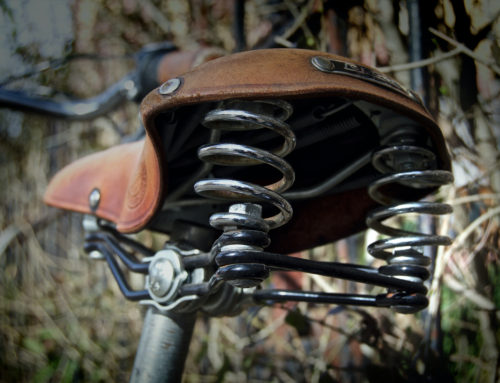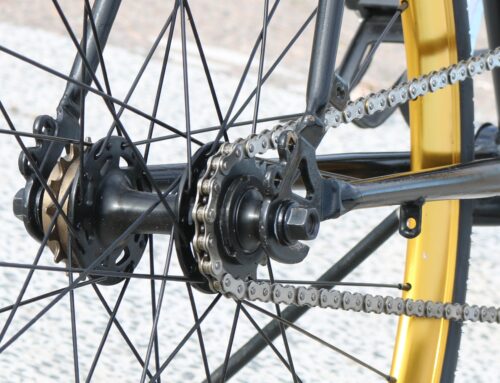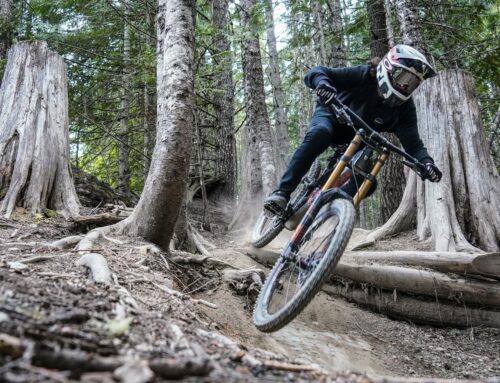Nowadays, shifting gears when they are needed, or putting on and taking of the large chainring while cycling is not an easy task and requires a bit of practice. Using the right sprocket or chainring is essential to get the most out of your bike and to make the effort easy.
We learn how to correctly use the changes of your bicycle, first of all we must know the basic components form it.
Sprockets and plates, basic components of bicycle changes:
The set of these two components make our lives easier when riding a bike. Below we have made a brief explanation of the function of these two components and how they act when we are on the bike.
Cassette
The cassette or sprocket set is the name given to the set of sprockets and is located on the rear wheel of the bicycle. The sprockets are arranged from smaller to larger as we move away from the wheel and depending on the selection of these sprockets, we will offer more or less traction to the rear wheel. As a general rule, the largest sprocket will always be the number 1 sprocket.
The function of the cassette is completely different from that of the chainrings. The smaller the sprocket, the more force we have to apply. On the other hand, if the sprocket is larger, it will make pedalling easier and less tiring. Therefore, we will use a smaller sprocket when we are riding downhill to be able to go faster.
Chainrings
Bicycle chainrings are another structure made up of a set of teeth. From 1 to 3 chainrings are used, depending on the model of bicycle. The chainrings are located on the pedal axle and are positioned opposite to the sprockets, the smaller chainrings will be closer to the axis of the bicycle.
Thanks to the dishes, we can advance more or less distance, depending on the needs of each moment. The more teeth a dish has, the harder and more complicated its relationship will be, that is, we will use the large plate in descents or favorable flat terrain, which allow us to advance easily. Instead, we will put a smaller plate when the terrain is more complicated and thus be able to exercise a pedaling of greater agility and be able to advance without problems.
Common mistakes when changing gears
Before commenting on how to change gears correctly, we will mention some very mistakes among cyclists when we make gear changes. Keep in mind that these errors can affect the operation of the gearbox or the chain and must be taken into account in order to avoid damage to the transmission of our bicycle.
Apply force as we change
A very common mistake of inexperienced cyclists is to make the changes while we are applying force to the pedaling, this action will cause the chain to suffer great tension and can wear and even break some element of the change or the cassette, such as the tooth of a pinion or the chain itself.
Cross chain
Chain crossing is something that can happen very easily when we change gears and can damage and reduce the lifetime of the components. It is not always advisable to use the changes that the bike has, for example, when we use the small plate with the small pinion or the large plate with the large pinion, what we call chain crossing will occur. The chain of the bike will be in a diagonal position and that will cause the chain to be very stretched and can break. It can happen that the chain begins to rub against the front derailleur and causes a very annoying noise.
Basic tips to change gears correctly
Below we will mention some basic tips to keep in mind while making gear changes. Keep in mind that you are not born learned and correctly make the gear changes requires practice and experience.
Paying attention
While we are pedalling we are making an effort. The effort we are making will be a signal that we must take into account and will warn us when we should change gear. If we are cycling with a forced pedalling, it will indicate that we should shift up a gear to provide greater agility to our legs and maintain an easier pedalling or even change the chainwheel and put the small chainwheel in case the effort is greater.
Cycling comfortably
We must pedal comfortably and, at the same time, feel that we are making an effort. The effort made will depend on each person and the intensity they want to provide. It will be key to determine if we are pedalling with the correct chainring and sprocket.





